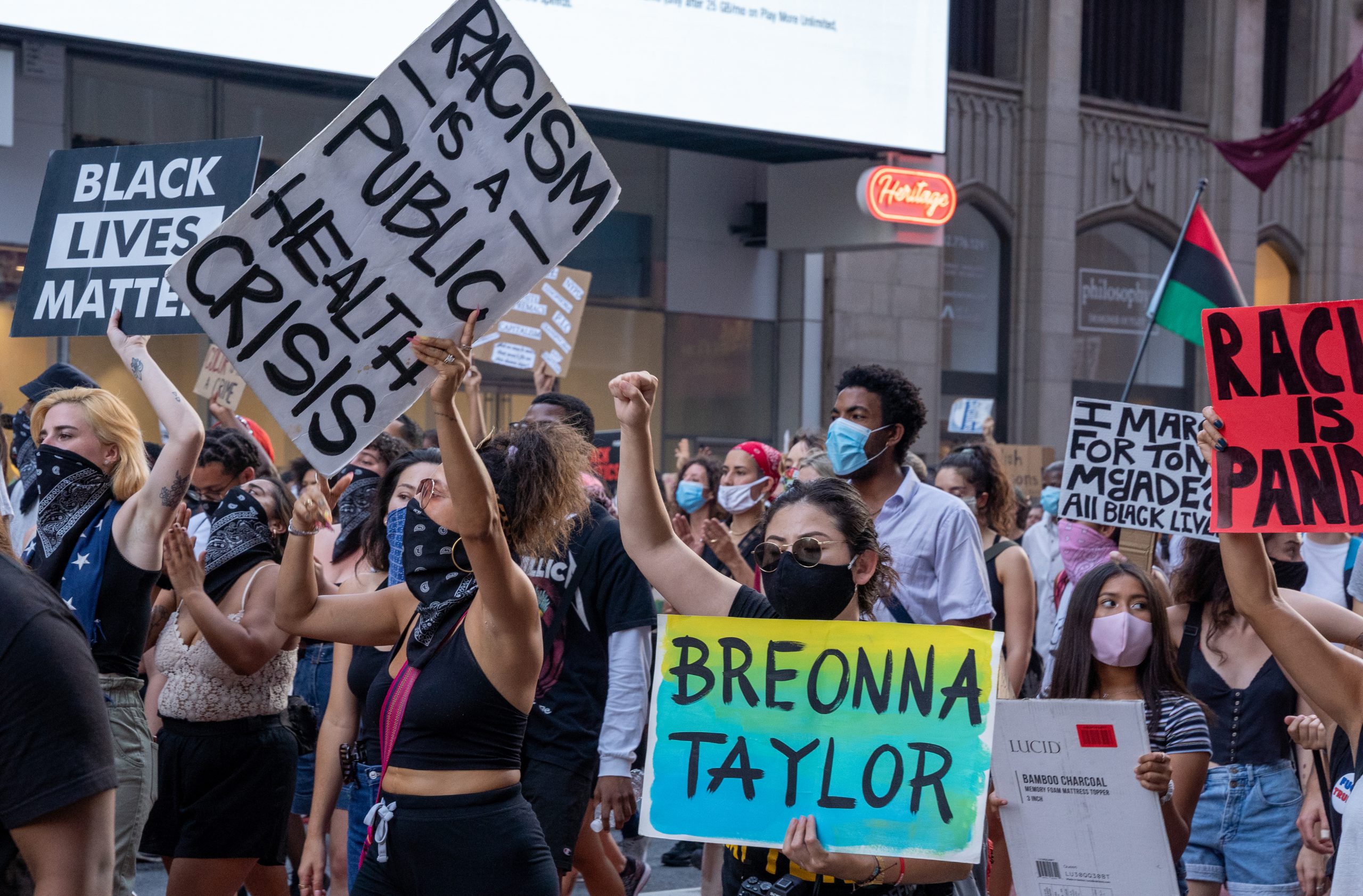Categories
police shootingsIRW recently co-published a story with The Washington Post about women shot and killed by police. Two of the co-authors, Marisa Iati and Sommer Brugal, are former IRW interns who also took a graduate practicum at the Post while earning their master’s degrees at American University.
It was during the practicum, in the fall of 2018, that they teamed up on an idea Brugal had: to examine what happened in instances in which women were killed by police, and how those interactions differed from situations in which men died. (The third co-author was Jennifer Jenkins, a news researcher and expert on the Post’s database of police shootings since 2015.)
They graduated before completing the story, with Iati staying at the Post as a general-assignment reporter, and Brugal moving to Florida to cover education for the Treasure Coast newspapers, part of the USA TODAY network.
“We went back to it initially in the beginning of 2020 as a way to do a year-end wrap-up of 2019,” Iati said. But when the pandemic hit, “that completely fell by the wayside because no one wanted to read anything that wasn’t about the virus.”
Still, they were committed to the story. “Then we kind of got excited about the possibility of reviving this when the racial-justice protests started with George Floyd’s killing … and (Breonna) Taylor’s name was taking off,” Iati said. “And people were paying attention to a woman who was killed by police for the first time in such a big way.”
Several experts she talked to reinforced their dedication to the story, she said, because they confirmed that no one had looked specifically at women killed.
They talked to the families of other women who had been killed in recent years and combined those interviews with their analysis of women tracked in the Post’s database, which resulted in the story and video, “Nearly 250 women have been shot by police since 2015.”
Some families the reporters spoke with had mixed feelings about all the attention paid to Breonna Taylor’s case, even though they understood the immediate focus on Taylor and the need for police scrutiny overall. But several said, “You know, I don’t know why my daughter didn’t get this attention when she was killed,” Iati recalled, adding that they “felt overlooked.”
Iati, who covered the news this week of the $12 million settlement Louisville reached with Taylor’s family — along with the city agreeing to policing changes — said one aspect of their findings was especially disconcerting.
“It was so surprising to me that so many were killed at home,” she said. “That really shocked me because … in your own home is not where you expect to be gunned down by anyone. That really struck me that police are so often going into people’s homes and that those encounters are going wrong.”





